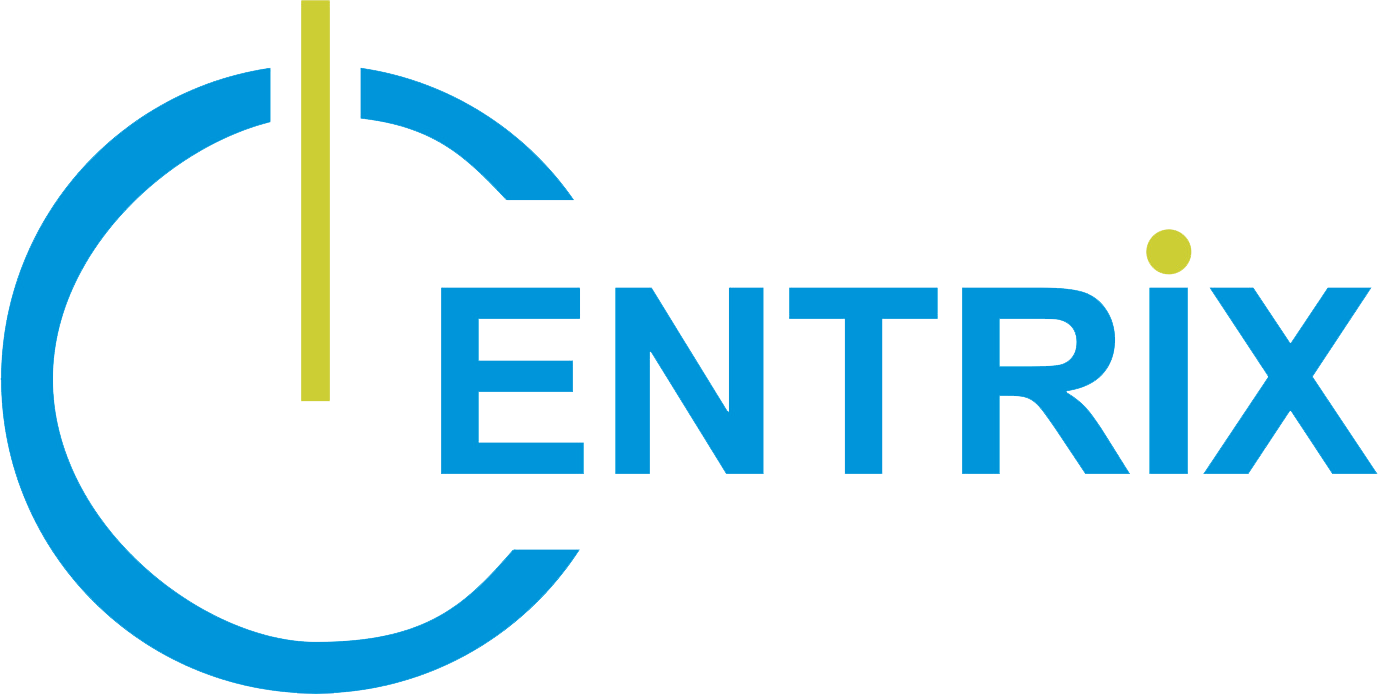What is procurement management?
The procurement process lifecycle ideally starts from a purchase request and goes through a series of process such as request approval, request for quote, selection of vendor, raise purchase orders, approval, delivery, invoicing, inventory updates and finally paying the vendors.
The main activity/document that becomes the driver of this entire process is Purchase Order. Managing this is highly critical and important to control your expenses. The process shouldn’t not be hold too tight that it slows down the operation and it shouldn’t be too loose that it gives way for mal practices. This becomes a paramount important in today’s world where workforces are distributed.
Managing this process with emails, word and excel becomes ineffective as volume of transaction grows. This individual transactional process are not easily traceable and there are pockets of pitfalls in securities, controls, holistic view, historical information.
Digitizing this process with modern cloud technologies is the need of the hour and it has become a need for more and more organization. Digitizing these process gives a seamless information management across departments, increases efficiency, productivity, reduce administrative process and more importantly increases visibility and speed of operation.
Let’s see the common steps involved in this process in detail:
1. Create Purchase Request
Users who are in need of the items will raise a request. Key Information are Items, Quantity, Reason, Associated projects if any, Indicative price, Preferred vendor
2. Purchase Request Approval
The raised request will generally routed to the department’s HOD or Project Manager approval.At this stage the need, budget and cost will be evaluated before approving
3. Request for Quote
Once the relevant user management approves, it will be routed to Finance or Procurement team to request for quote from various vendors.
4. Selection of Quote/Vendor
The user, procurement team and committee if any will review the received quotes and finalize the quote. Importantly ensure blacklisted vendors are not being selected.
5. Create Purchase Order
Upon selection of the vendor, a PO is raised to be sent to the vendor. For smaller organization, they may start the entire procurement process from this step onwards. Key information are Items, Quantity, Price, Delivery Date, Delivery Address, Invoicing instruction if any
6. Purchase Order Approval
As a final check, before issuing the PO to the vendor Finance HOD approves to ensure the finance resources and cash flows are in place to manage this purchase.
7. Receiving Items (Vendor Delivery)
Typically, procurement team or the requested users receives the items, confirms the quality, acknowledges the Delivery Order and update inventory
8. Vendor Invoice
Vendors will issue invoice for the items supplied. Once again the procurement team or user would send this payment request to the finance.
9. Issue Payment
Finance will finally make payment and close the entire tranaction.
As we can see, users across various department need to collaborate and the many interdependent steps involved. Shortening these steps will give way for process lapses and manually managing this process will be tedious. So digitizing this process is the best solution for organization.
Benefits of digitizing procurement process:
- Collaborate and work from anywhere
- Improve operation efficiency
- Increased visibility & control
- Make informed business decisions
- Prevent malpractices
Interested to know more

